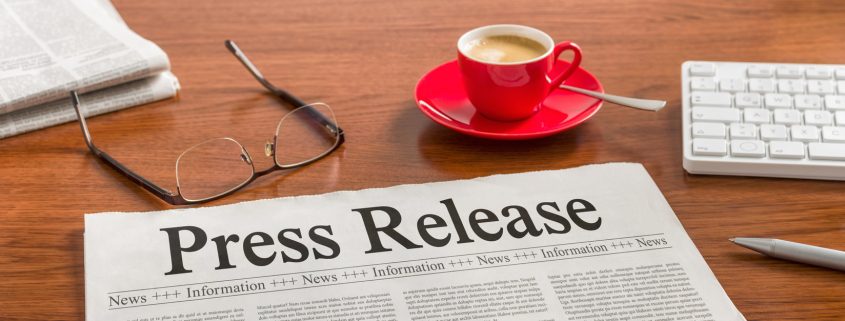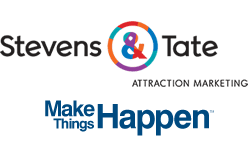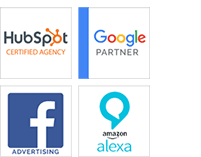In today’s dynamic media landscape, establishing brand trust has become increasingly critical. The 2021 Edelman report highlights the growing significance of consumer trust in making purchasing decisions. A well-crafted press release plays a vital role in conveying information to the public and building that crucial trust. It holds immense value for businesses, organizations, and individuals alike. By generating substantial media attention, a meticulously crafted press release not only amplifies brand presence but also expands outreach to a wider audience. However, creating an impactful press release necessitates thoughtful planning and flawless execution.
This guide aims to equip you with the essential elements, structure, and writing techniques necessary to create an effective press release that captures attention and delivers your message with impact.![]()
Understanding the Purpose and Audience
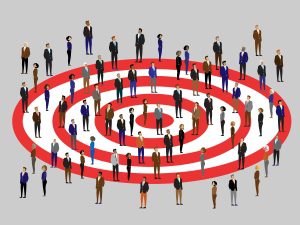
Before embarking on creating a press release, it is vital to grasp its intended objective and target readership. A press release functions as a concise and informative announcement regarding noteworthy events, product launches, or organizational advancements. It encompasses customized content to captivate journalists, editors, and media establishments. Identify your specific target audience and contemplate the angles that would most effectively pique their interest. By doing so, you can craft a press release that is both engaging and pertinent, resonating with your intended readership.
Essential Elements of a Press Release
Attention-Grabbing Headline: Craft a compelling headline that concisely summarizes the main message of your press release and piques the interest of the reader.
Dateline: Incorporate the date and location of the press release’s origination, accompanied by a compelling lead sentence that succinctly captures the essence of the news.
Introduction Paragraph: Expand upon the lead sentence to provide a concise overview, addressing the who, what, when, where, why, and how aspects.
Body Paragraphs: Elaborate on the main points, offering supporting details, statistics, and quotes from relevant sources. Utilize clear and succinct language, avoiding technical terms or jargon that may confuse readers.
Boilerplate: Wrap up the press release by including a concise description of your company or organization, incorporating vital information such as contact details, website address, and links to social media platforms.
Media Contact Information: Share the name, job title, phone number, and email address of the designated contact person for additional inquiries or interview requests.
Structuring a Press Release
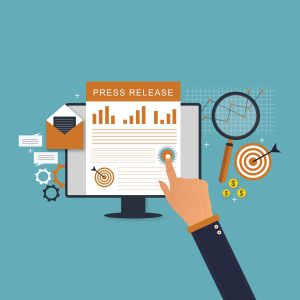
Inverted Pyramid Structure: Arrange the information in order of importance, with the most critical details at the beginning, followed by supporting details and background information.
Concise and Focused Writing: Keep the press release concise, typically between 400-600 words. Use clear, simple language and avoid excessive promotional language or industry jargon.
Use Quotes: Incorporate quotes from key individuals involved in the news, such as executives or experts. Quotes add credibility and provide a human element to the story.
Supporting Facts and Data: Include relevant facts, figures, and statistics to reinforce the significance and newsworthiness of the information presented.
Visual Elements: Incorporate high-resolution images, videos, or infographics to enhance the visual appeal and engagement of your press release.
Hyperlinks: Include hyperlinks to relevant websites, landing pages, or supporting documents to provide additional information or resources for the readers.
Writing Techniques for an Effective Press Release
Develop a Compelling Headline
The headline is the first impression your press release makes, so it must be attention-grabbing. It should succinctly summarize the key message of your release and entice readers to delve deeper. Aim for a concise, catchy headline that piques curiosity and highlights the newsworthy aspect of your story. Incorporating strong action verbs or posing thought-provoking questions can also increase its impact. Remember to keep it within 60-80 characters for optimal readability and easy distribution on digital platforms.
Craft a Strong Opening Paragraph
Following the headline, the opening paragraph is critical for hooking readers and capturing their attention. Within this segment, address the fundamental inquiries of journalism: who, what, when, where, why, and how. Employ precise and succinct language to effectively communicate the key details while ensuring the content remains engaging to captivate readers and encourage further exploration. Avoid overly promotional language and focus on presenting the news objectively. Journalists prefer to receive factual information that they can use to develop their own stories.
Provide Newsworthy and Relevant Information
The body of your press release should expand on the information introduced in the opening paragraph. Offer additional details, relevant facts, statistics, quotes, or testimonials that support the main message. Ensure the information provided is concise, pertinent, and tailored to resonate with your intended audience. Capture the attention of journalists by offering a distinctive perspective, connecting to ongoing trends, or providing valuable insights to their readers. Moreover, carefully consider the timing of your press release to maximize its impact. Additionally, consider the timing of your release. If possible, try to tie it to a larger event or news cycle to increase its relevance.
Use Quotes Effectively
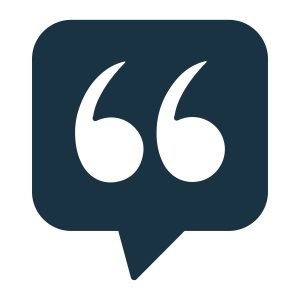
Including quotes from key individuals involved in the story can add credibility and provide a human element to your press release. Quotes should be concise, impactful, and provide valuable insights or perspectives. Ensure the quotes enhance the narrative and are attributed to the appropriate individuals. If possible, obtain quotes from recognized experts or authorities within your industry, as this can increase the chances of media attention.
As you conclude your press release, incorporate a segment containing pertinent contact details for media inquiries. This section should encompass the name, role, email address, and telephone number of an appointed representative capable of furnishing additional information or coordinating interviews. By providing easily accessible contact details, journalists can reach out for additional information or clarifications, increasing the likelihood of coverage.
Bottom Line
Creating a press release effectively requires a strategic approach and attention to detail. Remember to craft a strong opening paragraph, utilize quotes effectively, and include relevant contact information to facilitate communication with journalists. It is advisable to meticulously review your press release to guarantee its flawlessness and effective communication of your intended message. By meticulously strategizing and implementing your press release, you can harness its potential as a powerful tool for generating awareness, bolstering your brand’s standing, and driving media attention.







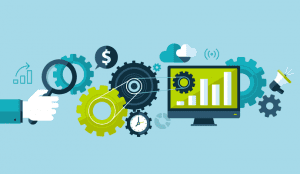 by creating more location-based content or even by opening a store in that location.
by creating more location-based content or even by opening a store in that location.


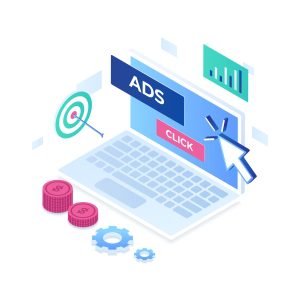





 allow you to provide more custom cross-links for related content. It can also direct users to content that’s more likely to interest them.
allow you to provide more custom cross-links for related content. It can also direct users to content that’s more likely to interest them.
